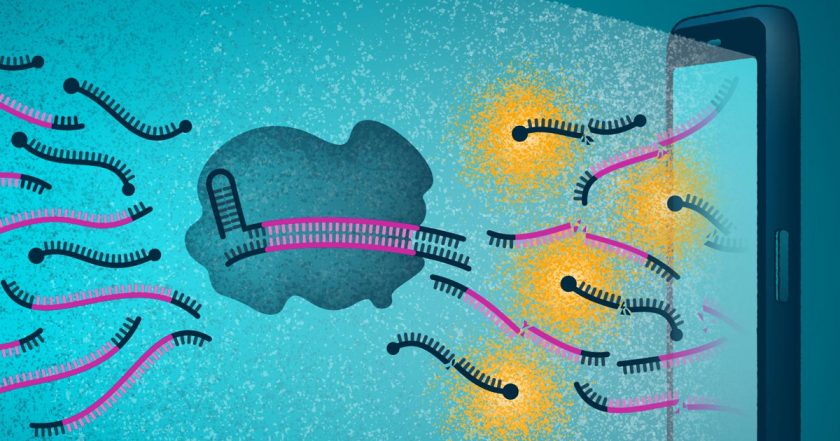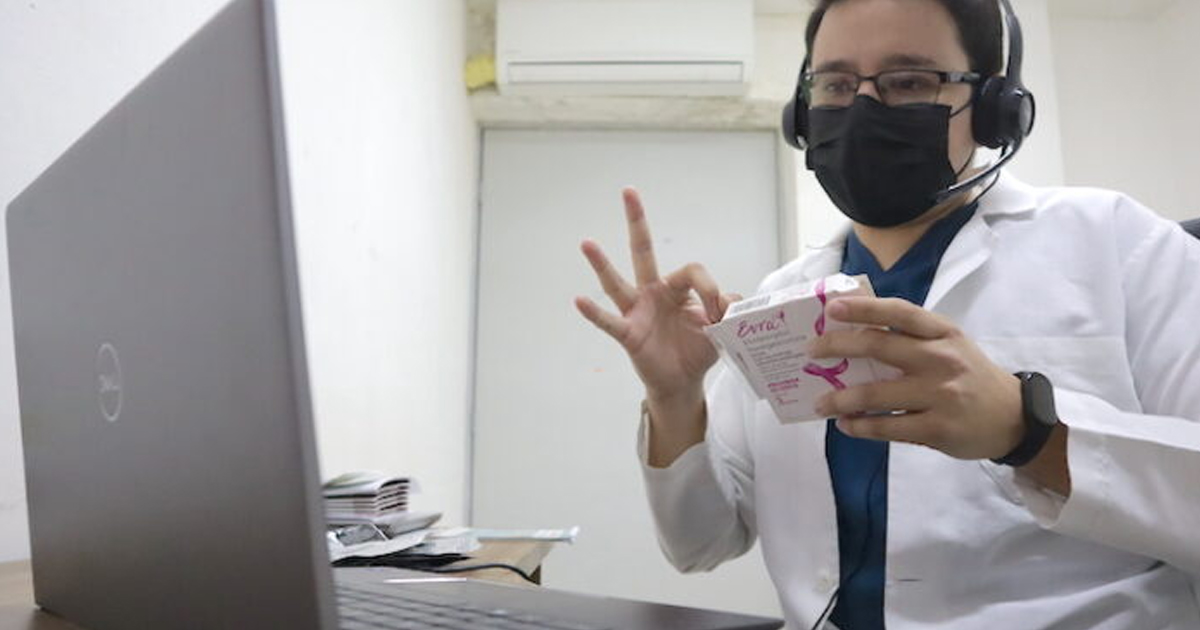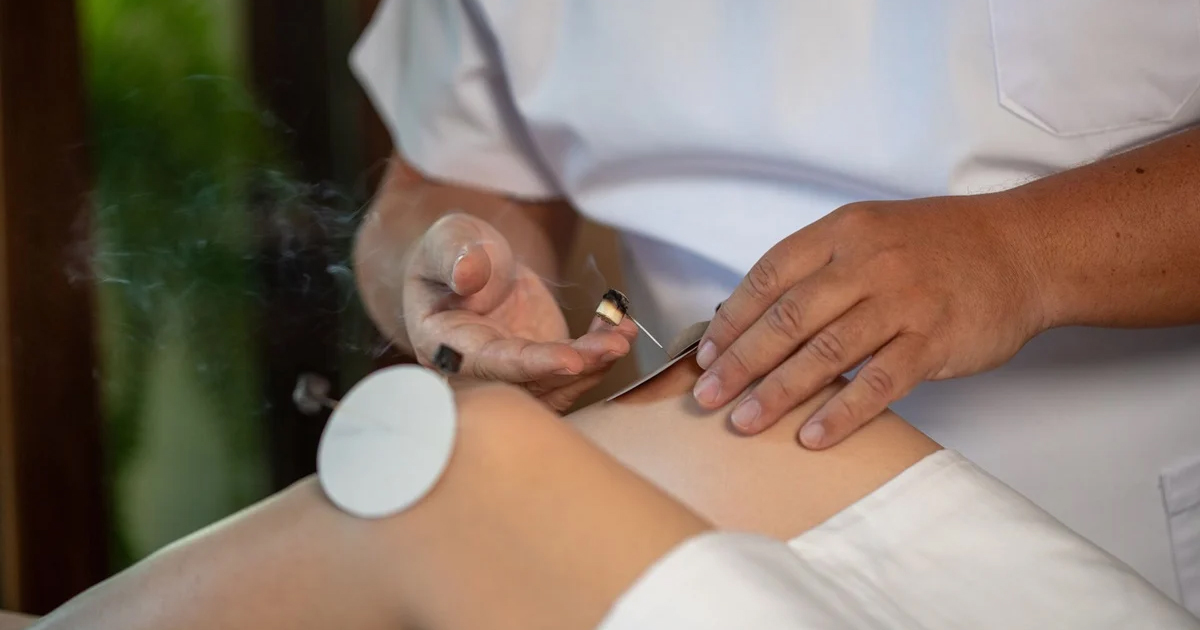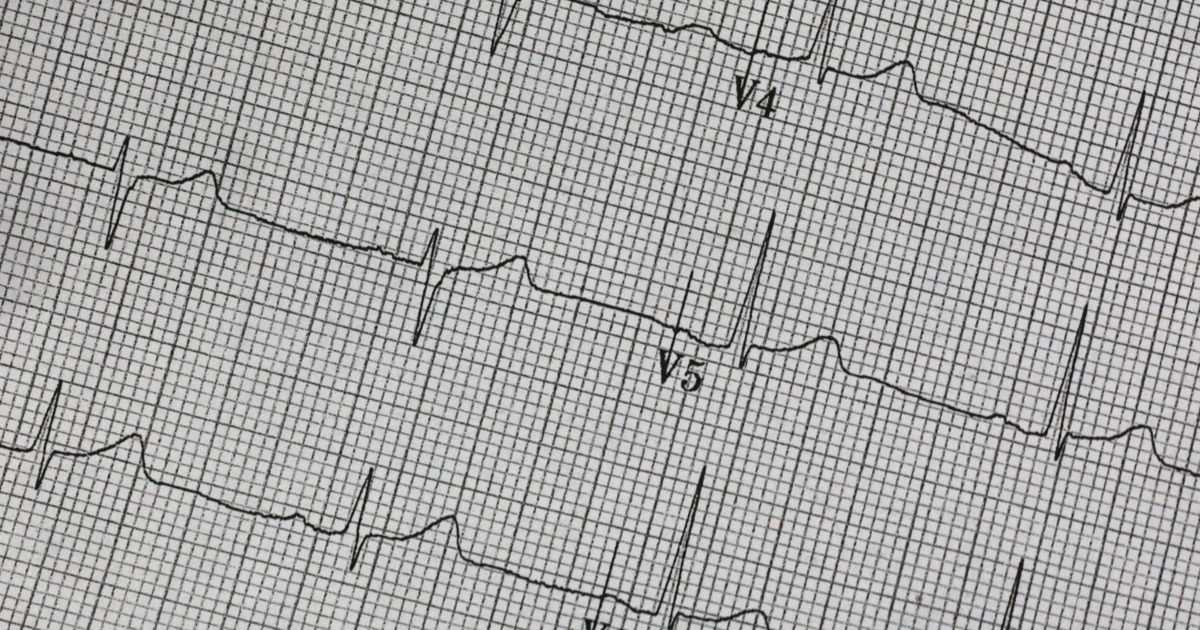Según información publicada en la revista científica Cell, esto sería posible a través de la detección de la enzima Cas13 que en su unión al ARN del virus SARS-CoV-2, produce fluorescencia que puede ser detectada a través de la cámara.
Científicos e investigadores de diversos institutos y departamentos, de universidades en California como la Universidad de California, San Francisco y la Universidad de California, Berkeley, así como del Chan Zuckerberg Biohub y del J. David Gladstone Institutes, han desarrollado una prueba para la detección de SARS-CoV-2 a través de RNA obtenido mediante pruebas nasales cuyos resultados podrían ser interpretados a través de un microscopio adaptado a un teléfono móvil.
The first results of this innovation will be published in the scientific journal Cell in its January 2021 issue, under the title: Unamplified detection of SARS-CoV-2 with CRISPR-Cas13a and cell phone microscope. Daniel Fletcher, a bioengineer at the University of California at Berkeley and co-author of the paper, explained: “Our study shows that we can do the detection part of this assay very quickly, making the measurement with mass-produced consumer electronics.”
Además, enfatizó que no se requieren equipos de laboratorio muy sofisticados para lograr los resultados que buscan. “Elegimos usar teléfonos móviles como base para nuestro dispositivo de detección, ya que tienen interfaces de usuario intuitivas y cámaras altamente sensibles que podemos usar para detectar fluorescencia”, añadió.
La investigación propone una alternativa a las pruebas PCR, las cuales son las más confiables para la detección de la presencia del virus en el organismo. Estas pruebas requieren que el ARN de virus se convierta primero en ADN, una reacción química de dos pasos que considera la amplificación para obtener suficiente ADN para que sea posible su detección.

Las pruebas propuestas en la investigación se basan en CRISPR (Repeticiones Palindrómicas Cortas Agrupadas y Regularmente Espaciadas, en español), una familia de secuencias de ADN, las cuales se encuentran en los genomas de organismos y Cas13a (también conocida como C2c2) una proteína clase 2 tipo VI relacionada al ARN. “Una de las razones por las que estamos entusiasmados con los diagnósticos basados en CRISPR es la posibilidad de obtener resultados rápidos y precisos en el punto de necesidad”, explicó Jennifer Doudna, investigadora principal de J. David Gladstone Institutes.
“What really makes this test unique is that it uses a one-step reaction to directly test the viral RNA, as opposed to the two-step process in traditional PCR tests,” explained Melanie Ott, who serves as director of virology at Gladstone, “The simpler chemistry, paired with the smartphone camera, cuts down detection time and doesn’t require complex lab equipment. It also allows the test to yield quantitative measurements rather than simply a positive or negative result,” she concluded.
La meta de los investigadores es que el dispositivo y las pruebas sean suficientemente confiables para su aplicación e implementación. Y así ofrecer pruebas para un diagnóstico más rápido de la presencia de virus en el organismo, pues el tiempo de espera para conocer los resultados sería de 15 a 30 minutos. Más allá de la rapidez de la prueba, es también una oportunidad de resolver uno de los grandes problemas durante la pandemia, como lo es la disponibilidad de las pruebas masivas.
La prueba busca además de conocer el resultado positivo de SARS-CoV-2, conocer la carga viral del virus para después predecir la evolución de la enfermedad. “Cuando se combina con pruebas repetidas, medir la carga viral podría ayudar a determinar si una infección está aumentando o disminuyendo”, explica Fletcher.
You can read the article published in Cell, in the following link: https://www.cell.com/cell/pdf/S0092-8674(20)31623-8.pdf.







